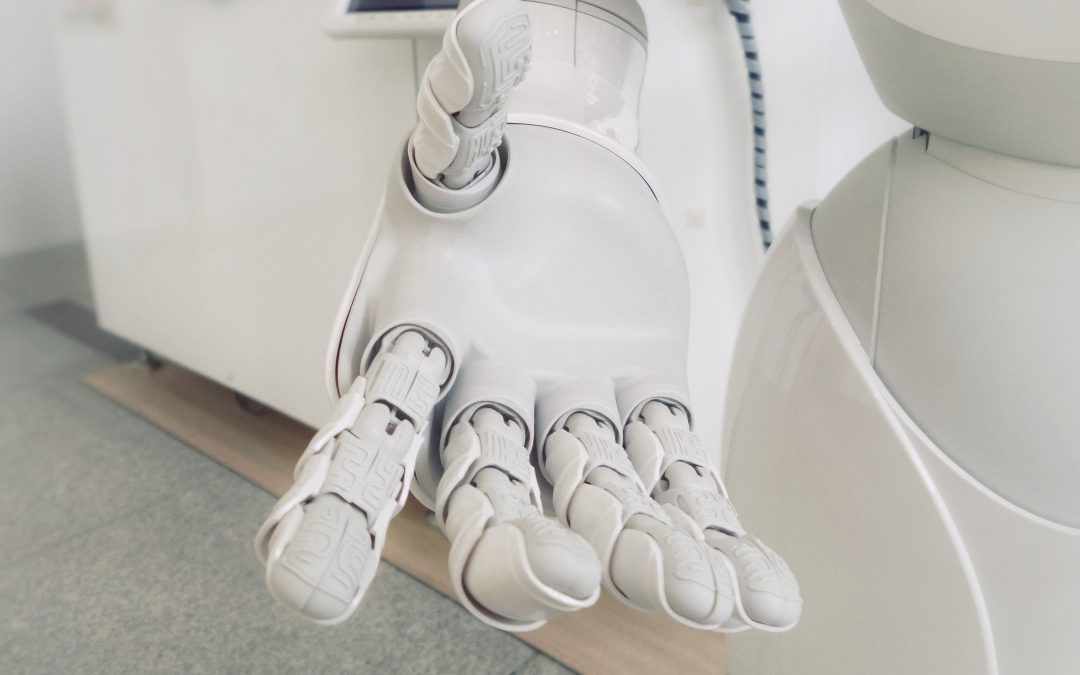Robotic surgery is on the rise in sophisticated healthcare systems, including Australia’s. The DaVinci Robotic System was the pioneer for robotic surgery and is still an industry leader. The DaVinci System can be used for urology, gynaecology, thoracic and transoral surgery. Robotics technology has also been developed and is in use for total hip and partial and total knee replacement and in spine surgery. In Australia, the Da Vinci System has been most commonly used for prostatectomy, although it is also used for other indications.
Naturally robotic systems are expensive, generally in the range of $1,000,000 to $2,000,000. The clinical evidence in all types of robotic systems appears to support the claims that surgery performed by robots is less invasive, more accurate, may result in less blood loss and promote a faster recovery time with a shorter hospital stay. However, in many healthcare systems, robotic surgery is not specifically reimbursed. The USA’s Centres for Medicare and Medicaid consider that a robot is a tool that a surgeon may use to perform a reimbursed procedure. There is no additional or specific reimbursement for robotic surgery. Similarly, in Australia, there has not yet been a successful application to the Medical Services Advisory Committee to list robotic surgery as a separate item number with specific reimbursement.
If it can be demonstrated that robotic surgery can deliver improvements in accuracy and other benefits, why are these surgeries not being specifically recognised by health technology assessment agencies? Despite the technological breakthroughs that these technologies represent, there is as yet no robust clinical evidence of improved long-term outcomes that would justify the additional cost. A recent Australian study found no significant difference in urinary or sexual function at 24 months between robotic laparoscopic prostatectomy and open radical prostatectomy.[1] Similarly, while robotic joint surgery is likely to be able to optimally place prostheses and almost perfectly align the joint, it may take some years before there is evidence of improved clinical performance of the joint. The incremental improvement in alignment of the joint and the placement of the prostheses may result in less wear and tear over time.
Despite these factors, there is considerable growth in robotic surgical systems with new players entering the market. Robotic surgery is typically less invasive than the alternative, which is attractive to patients, particularly in private healthcare markets where patients can exercise some choice. Additionally, hospitals value sophisticated technology as a means of attracting both surgeons and patients. Robotics may, in the long term, improve the performance of spinal instrumentation and joint replacements which is an incentive for device manufacturers to pursue the technology and may also give a manufacturer a competitive advantage.
Expect to see a more robotic surgical world in the near future.
MedTechnique Consulting has helped many organisations to navigate the Australian healthcare landscape and submit successful reimbursement applications. Contact us via email: info@medtechnique.com.au or phone:+ 61 448 058 600, if you have any questions or would like to learn more about how we can help your organisation access the Australian market.
Author: Sarah Griffin, Principal at MedTechnique Consulting, experts in medical device reimbursement and market access in Australia. Sarah is a health economist, reimbursement strategist, health policy advocate and experienced speaker. To find out more about Sarah’s industry and client experience, see the following link to her LinkedIn page: https://www.linkedin.com/in/griffin-sarah/
[1] Coughlin GD et al, ‘Robot-assisted laparoscopic prostatectomy versus open radical retropubic prostatectomy: 24-month outcomes from a randomised controlled study’ The Lancet Oncology Vol 19, Issue 8, P1051-1060, August 1 2018

